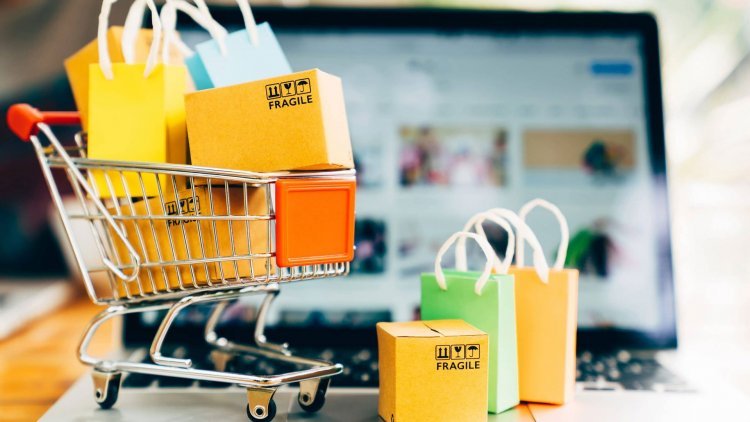Slow smartphone sales, an offline sales boom, and unbranded goods hurt online holiday sales
Due to fewer new launches and a decline in new smartphone purchasers, mobile phone sales increased by only 7% on a year over year basis.

Redseer reported that the online festival season sales growth on e-commerce platforms was restricted to 25% at Rs 76,000 crore this year compared to the Diwali season of 2021 due to slower-than-expected smartphone sales growth, increased offline shopping, a surge in the purchase of unbranded goods by consumers in Tier 2+towns, and an uptake in lower-value categories.
The management consultancy firm had previously predicted that during the festive season, which started on September 23 and ended on October 24, e-commerce sales would total Rs 83,000 crore.
Despite continuing to make up the largest portion of sales during the season, the category of mobile phones only expanded by 7% from the previous year.
"This holiday season, there were fewer new smartphone debuts than in previous years. Ujjwal Chaudhry, a partner at Redseer, noted that while the proportion of customers who replaced their smartphones remained high, the trajectory of new mobile shoppers had somewhat flattened out.
On the other hand, sales of electronics (excluding mobiles) increased by 13%, and the fashion industry grew by 32% as a result of many Tier 2 and higher consumers purchasing unbranded goods.
With an unexpected 86 percent increase, the long tail of e-commerce purchases—categories like grocery, e-pharmacy, beauty and personal care, and home care—surprise consumers.
The number of consumers making online purchases, which might reach 125 million, increased year over year by 26%. It's interesting to note that 64% of these customers were from regions outside of Tier 2.
As it has a more Tier 2 positioning than Amazon, which is more popular in metro areas and Tier 1 cities, Flipkart has continued to lead the festive season sales. We are increasingly noticing that Tier 2 waits to shop during the holiday season, according to Chaudhry.
Redseer did not disclose a platform-specific breakdown of sales for the full season, although it had previously stated that Meesho, a social networking network for online retailers, had outperformed Amazon in terms of the volume of orders placed during the first week of the seasonal discount deals. This ends years of back-and-forth conflict between Flipkart and Amazon. This time, the final week of September saw Meesho come in second place with 21% of the order share, followed by the Walmart-owned Flipkart with 49%, according to Redseer.
Chaudhry added that the holiday season will contribute 15–16 percent of this year's $55 billion in total e-commerce sales. Given that estimates from the industry indicate that the annual bonanza historically totaled 18 to 20 percent of annual sales, this may indicate that the significance of a festive season boost is waning.
According to a recent analysis by Bernstein India, the gross merchandise value from festival season sales has been expanding twice as quickly as online shopping in India. The survey also stated that between 2015 and 2021, when the country's overall online retail industry was just over $50 billion, online holiday sales increased by 52 percent to $9.3 billion.




 admin
admin 



















